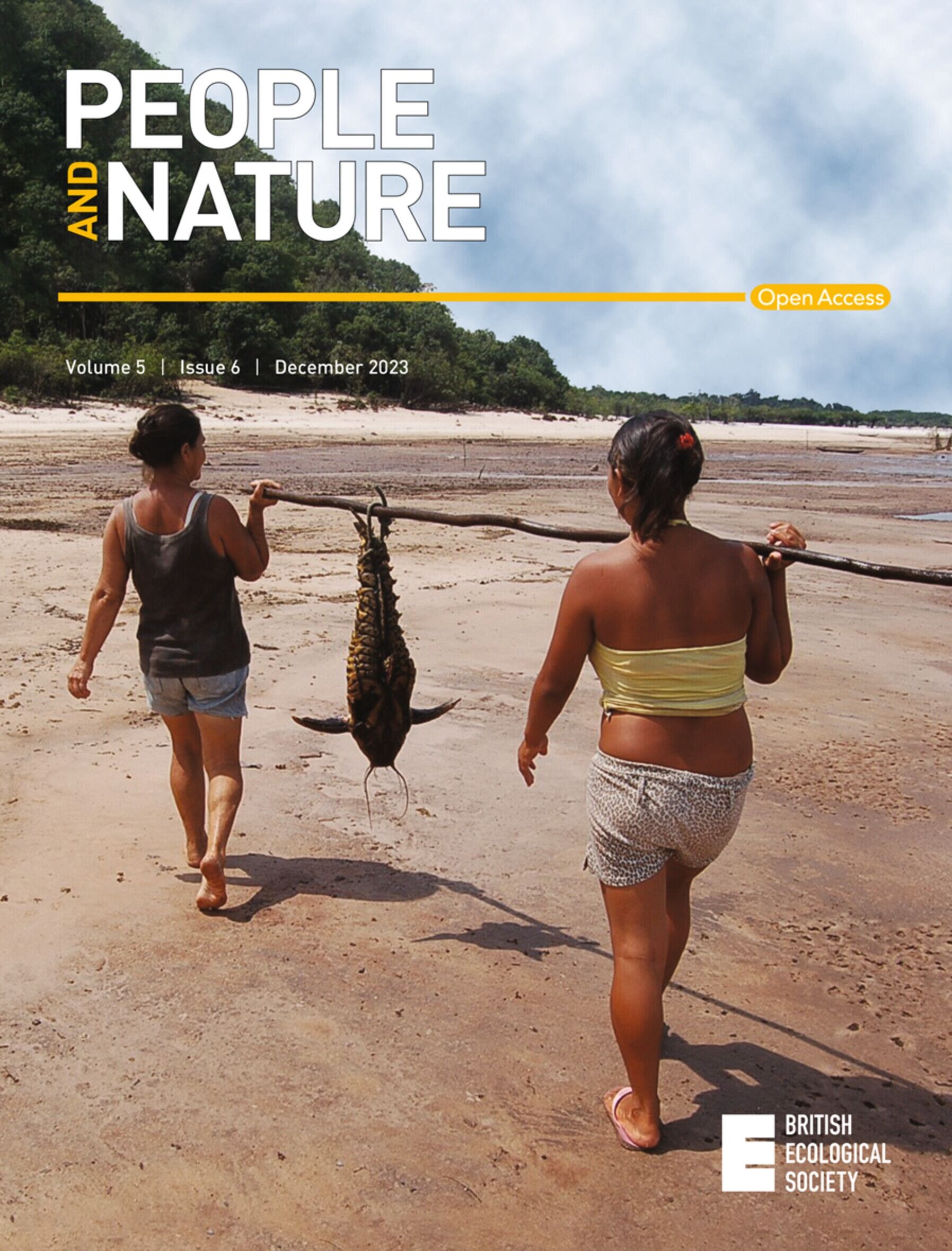Cultural importance, availability and conservation status of Spanish wild medicinal plants: Implications for sustainability
IF 4.9
1区 环境科学与生态学
Q1 BIODIVERSITY CONSERVATION
引用次数: 2
Abstract
The harvest of wild plants with medicinal uses is increasing globally, both for self‐treatment and as a source of income. The increasing demand for these remedies could lead to the over‐harvest of some species. Despite a recent surge in the number of studies analysing wild medicinal plants management, little is known about the effects of non‐commercial harvesting on the conservation status of medicinal plants. We explore the connection between the cultural importance (CI) of medicinal vascular plants traditionally used in Spain for self‐treatment and their availability, conservation and legal protection status, and discuss the implications of our results for sustainability. We focus on Spain, located in one of the world's 25 biodiversity hotspots and the most diverse country in Europe regarding vascular plants (7071 species, 1357 endemic), while also being culturally and linguistically diverse. Spain has a rich body of traditional knowledge referring to wild medicinal plants, with 1376 species with medicinal uses, which represents nearly a fourth (22%) of the total autochthonous vascular flora of the country (16% endemic). Species CI is positively correlated with abundance (ρ = 0.466) and occupancy area (ρ = 0.495). Only 8% of the wild medicinal plants traditionally used in Spain have an endangered conservation status and just 6% are fully or largely affected by protection measures. Most species used for self‐treatment in Spain are common, highly available and not threatened. This suggests that domestic use alone does not result in overexploitation and that traditional knowledge systems of plant management might ensure their sustainability. Read the free Plain Language Summary for this article on the Journal blog.西班牙野生药用植物的文化重要性、可用性和保护状况:对可持续性的影响
在全球范围内,药用野生植物的收获量正在增加,既可用于自我治疗,也可作为收入来源。对这些补救措施日益增长的需求可能导致某些物种的过度捕捞。尽管最近分析野生药用植物管理的研究数量激增,但人们对非商业采伐对药用植物保护状况的影响知之甚少。我们探讨了西班牙传统用于自我治疗的药用维管植物的文化重要性(CI)与它们的可用性、保存和法律保护状况之间的联系,并讨论了我们的研究结果对可持续性的影响。西班牙是世界上25个生物多样性热点之一,也是欧洲维管植物最多样化的国家(7071种,1357种特有种),同时在文化和语言上也很多样化。西班牙拥有丰富的关于野生药用植物的传统知识体系,有1376种药用植物,占该国本土维管植物群总数的近四分之一(22%)(16%是地方性植物)。物种CI与物种丰度(ρ = 0.466)和占用面积(ρ = 0.495)呈正相关。在西班牙传统使用的野生药用植物中,只有8%处于濒危保护状态,只有6%完全或大部分受到保护措施的影响。在西班牙,大多数用于自我治疗的物种都很常见,可获得性很高,而且没有受到威胁。这表明,单靠家庭使用并不会导致过度开发,传统的植物管理知识系统可能会确保它们的可持续性。在《华尔街日报》博客上阅读免费的《简明语言摘要》。
本文章由计算机程序翻译,如有差异,请以英文原文为准。
求助全文
约1分钟内获得全文
求助全文

 求助内容:
求助内容: 应助结果提醒方式:
应助结果提醒方式:


